Best books ... chosen by Lisa Grunwald
Lisa Grunwald’s new novel, The Irresistible Henry House, chronicles the life of a man raised in a college’s home-economics department. Below, the author of Whatever Makes You Happy lists her favorite novels that feature ma
The Catcher in the Rye by J.D. Salinger (Little, Brown, $7). Unoriginal though it may be to say so, this novel was my first love. Who (especially at 13) could resist the invitation to see the world through such disillusioned but still idealistic eyes? Holden Caulfield’s New York City blurs with the one of my own teenage years, and his voice echoed for me long after I shamefully realized I was copying it.
The Code of the Woosters by P.G. Wodehouse (Vintage, $14). I wish I could explain why this Jeeves novel is better than that Jeeves novel, but I won’t pretend to think there’s that much of a difference. Put Bertie Wooster and his matchless manservant between any two covers, and I will eagerly meet them there.
The Accidental Tourist by Anne Tyler (Ballantine, $15). A perfectly structured, perfectly plotted, even perfectly titled novel about an imperfect hero. Tragedy creates a protagonist who is entirely different from the man he thinks he is. In allowing us to become such intimate witnesses to change, Tyler makes us wonder what other versions of ourselves lie dormant.
The Week
Escape your echo chamber. Get the facts behind the news, plus analysis from multiple perspectives.

Sign up for The Week's Free Newsletters
From our morning news briefing to a weekly Good News Newsletter, get the best of The Week delivered directly to your inbox.
From our morning news briefing to a weekly Good News Newsletter, get the best of The Week delivered directly to your inbox.
The World According to Garp by John Irving (Random House, $8). This saga was my introduction to the world according to Irving: preposterous, dialectical, macabre, unpredictable. And you can never have too many bears.
The Adventures of Huckleberry Finn by Mark Twain (Aerie, $4). There’s a reason this book remains a page-turner after more than a century and despite its obvious anachronisms. Huck Finn is really a love story. Boy meets river. Boy loses river. Boy gets river.
The Great Gatsby by F. Scott Fitzgerald (Scribner, $14). I’ve never really thought it was Jay Gatsby who made the book so indelible; for me it’s always been narrator Nick Carraway, in whose speech and through whose eyes the Jazz Age unfolds so vibrantly. “In his blue gardens, men and girls came and went like moths among the whisperings and the champagne and the stars.” Case closed.
A free daily email with the biggest news stories of the day – and the best features from TheWeek.com
-
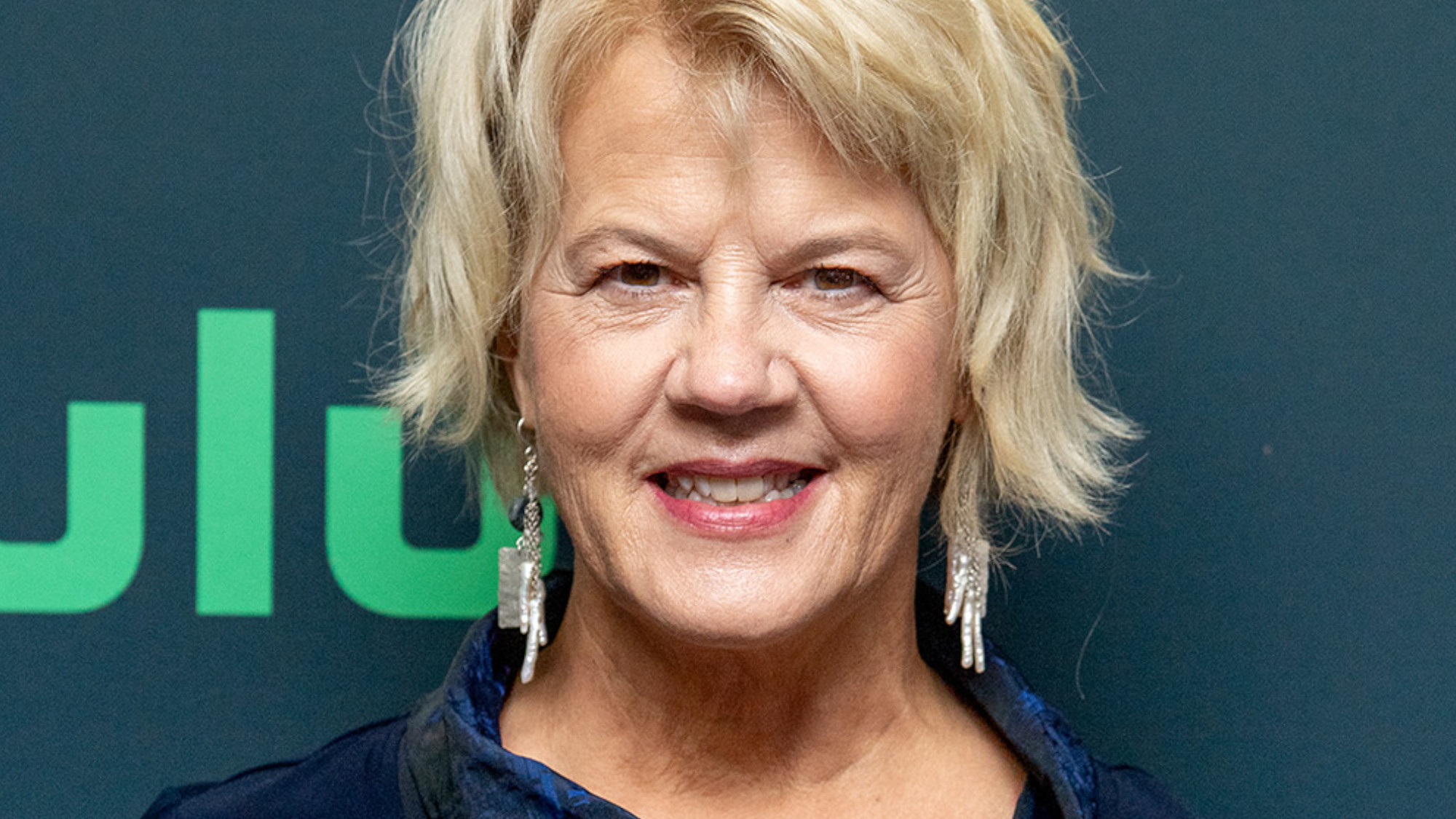 Beth Macy’s 6 favorite books about living in a divided nation
Beth Macy’s 6 favorite books about living in a divided nationFeature The journalist recommends works by Nicholas Buccola, Matthew Desmond, and more
-
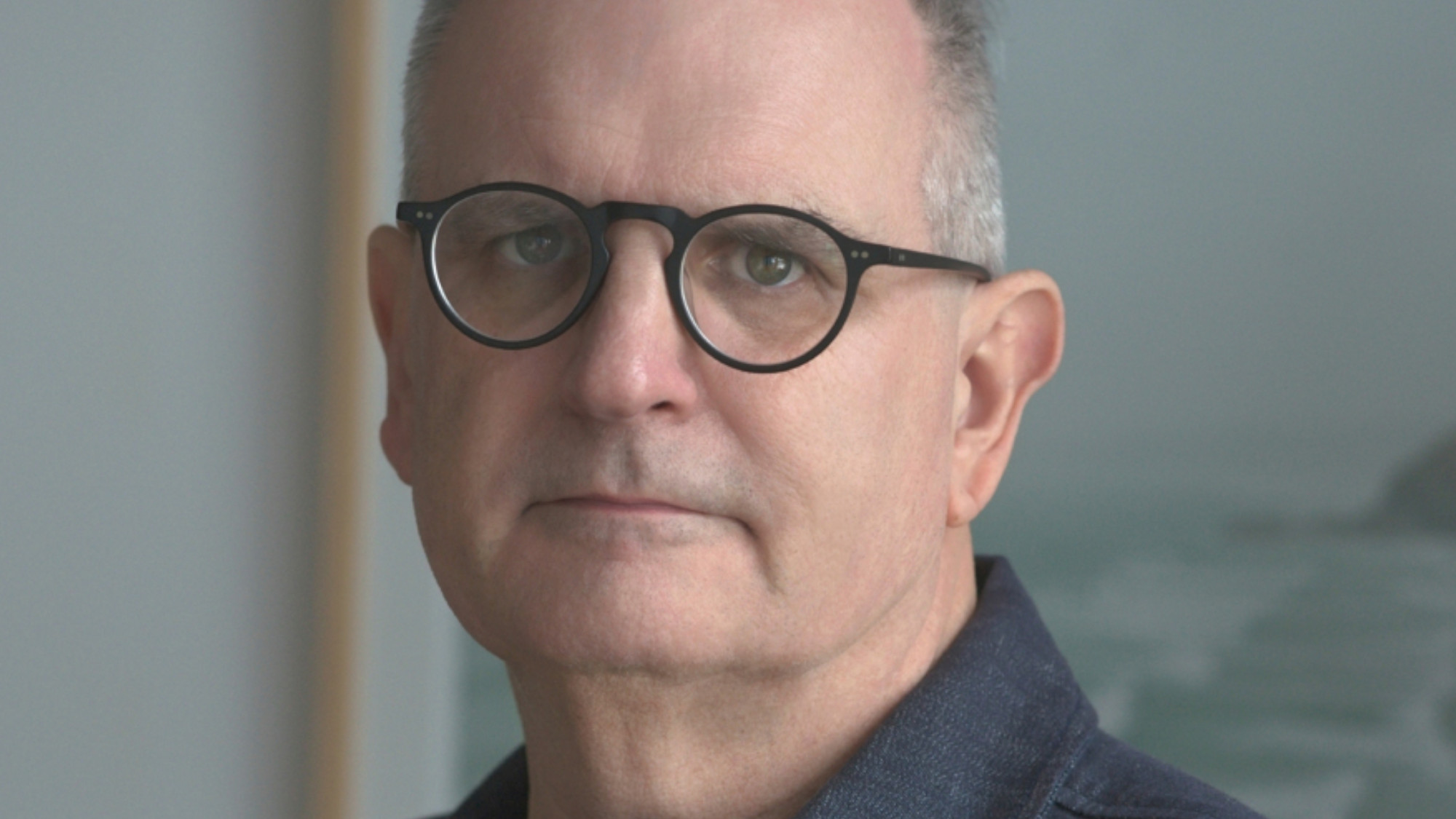 Gilbert King’s 6 favorite books about the search for justice
Gilbert King’s 6 favorite books about the search for justiceFeature The journalist recommends works by Bryan Stevenson, David Grann, and more
-
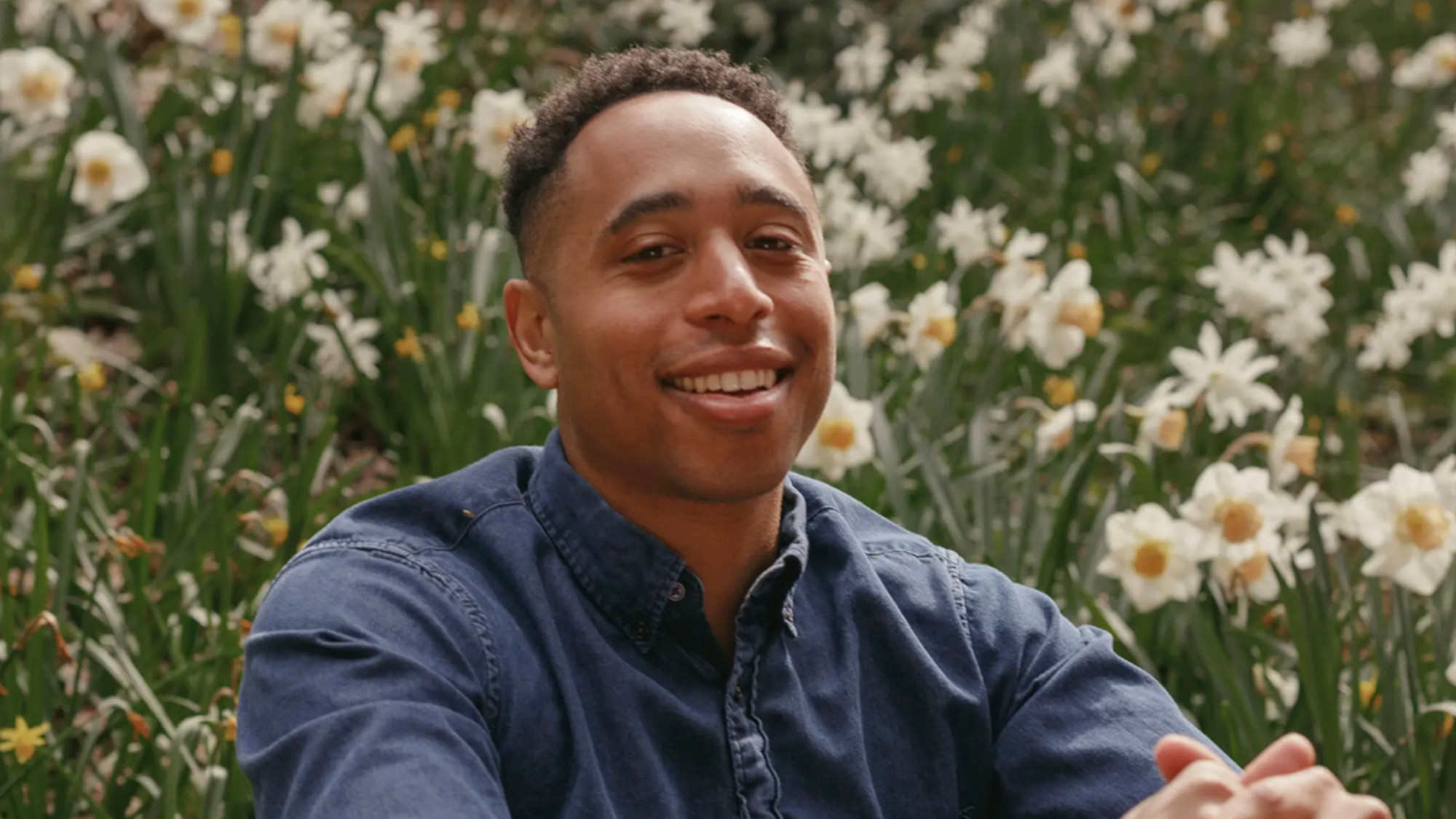 Nathan Harris’ 6 favorite books that turn adventures into revelations
Nathan Harris’ 6 favorite books that turn adventures into revelationsFeature The author recommends works by Kazuo Ishiguro, Ian McGuire, and more
-
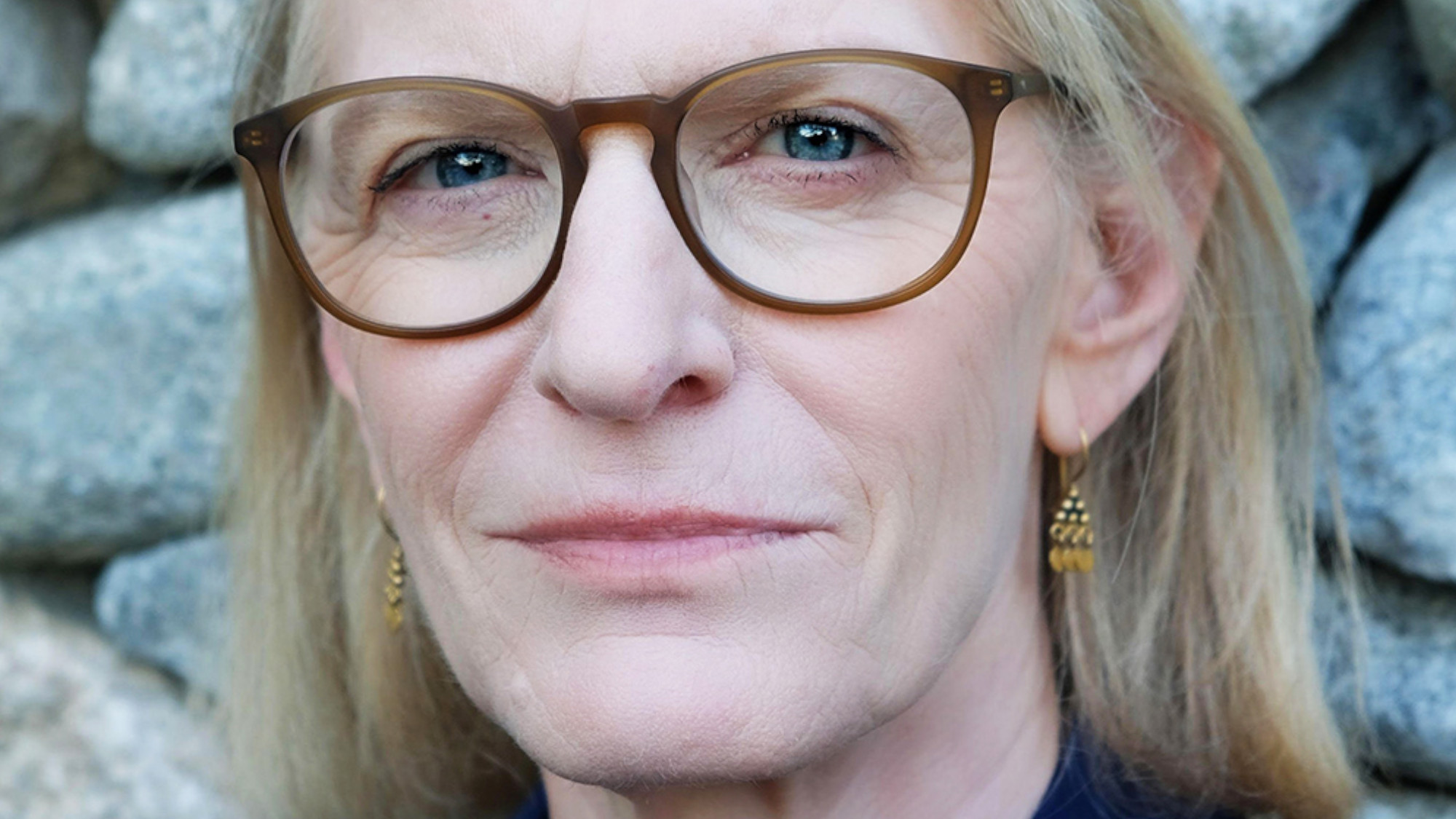 Marisa Silver’s 6 favorite books that capture a lifetime
Marisa Silver’s 6 favorite books that capture a lifetimeFeature The author recommends works by John Williams, Ian McEwan, and more
-
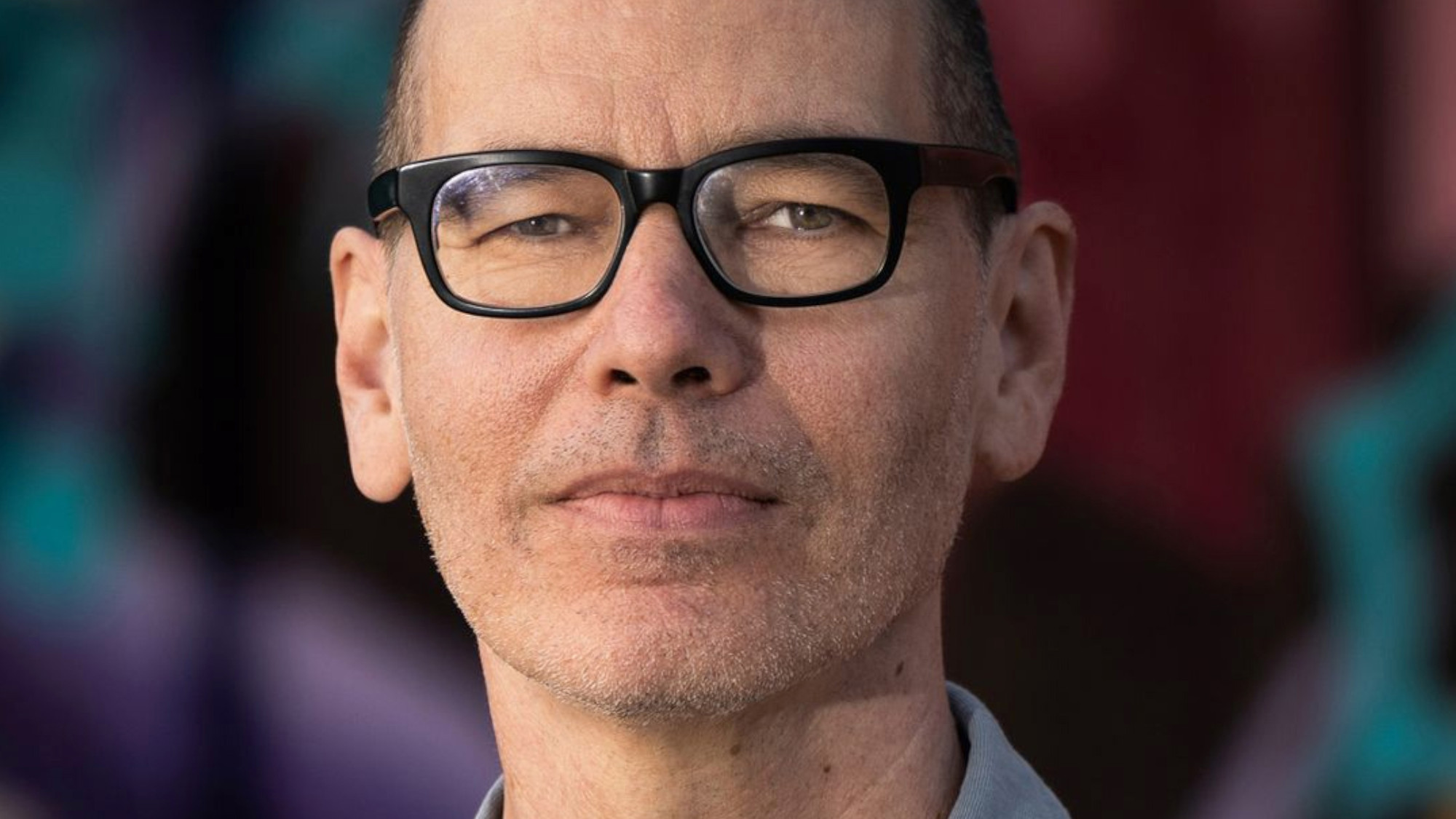 Lou Berney’s 6 favorite books with powerful storytelling
Lou Berney’s 6 favorite books with powerful storytellingFeature The award-winning author recommends works by Dorothy B. Hughes, James McBride, and more
-
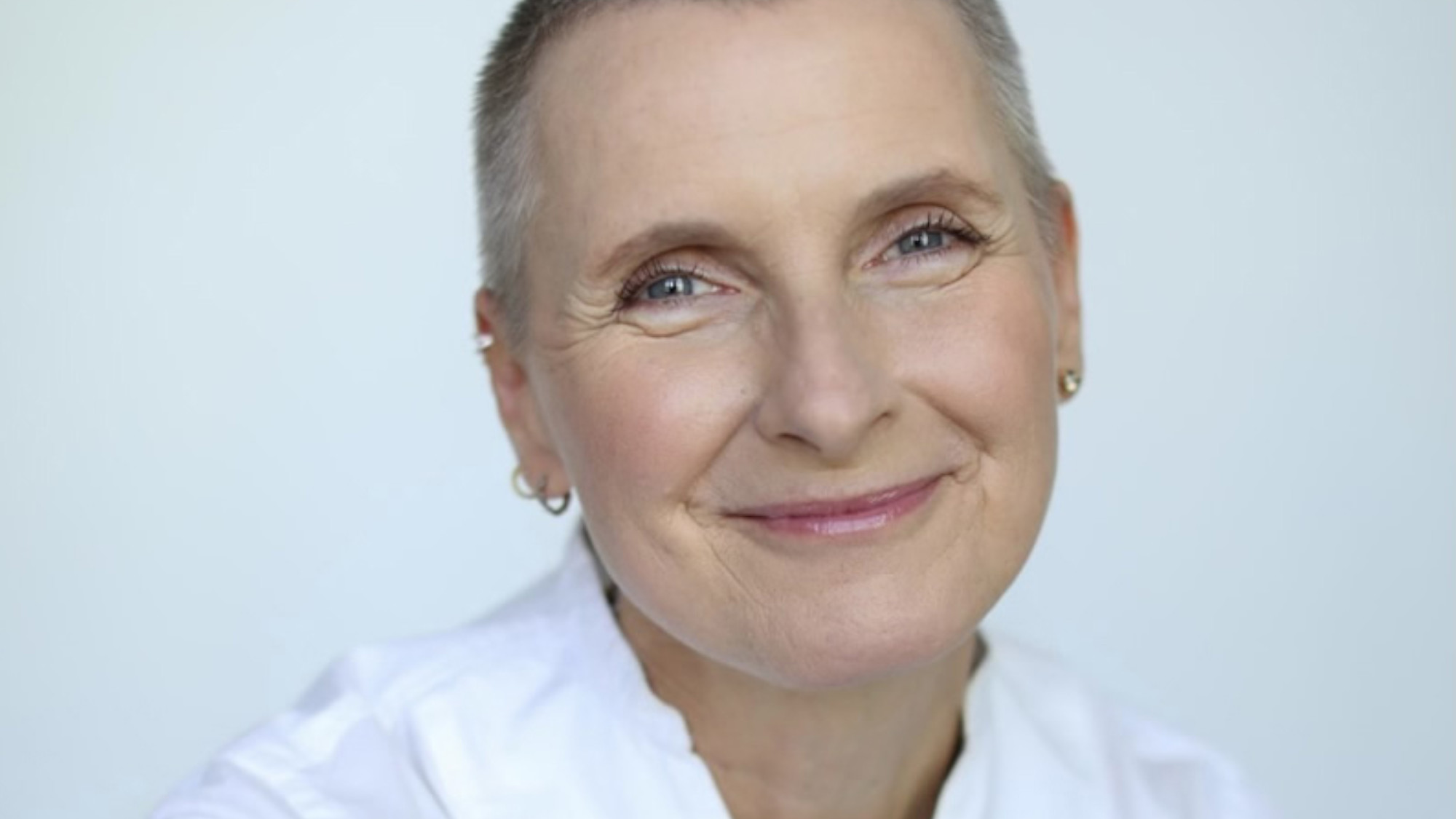 Elizabeth Gilbert’s favorite books about women overcoming difficulties
Elizabeth Gilbert’s favorite books about women overcoming difficultiesFeature The author recommends works by Tove Jansson, Lauren Groff, and more
-
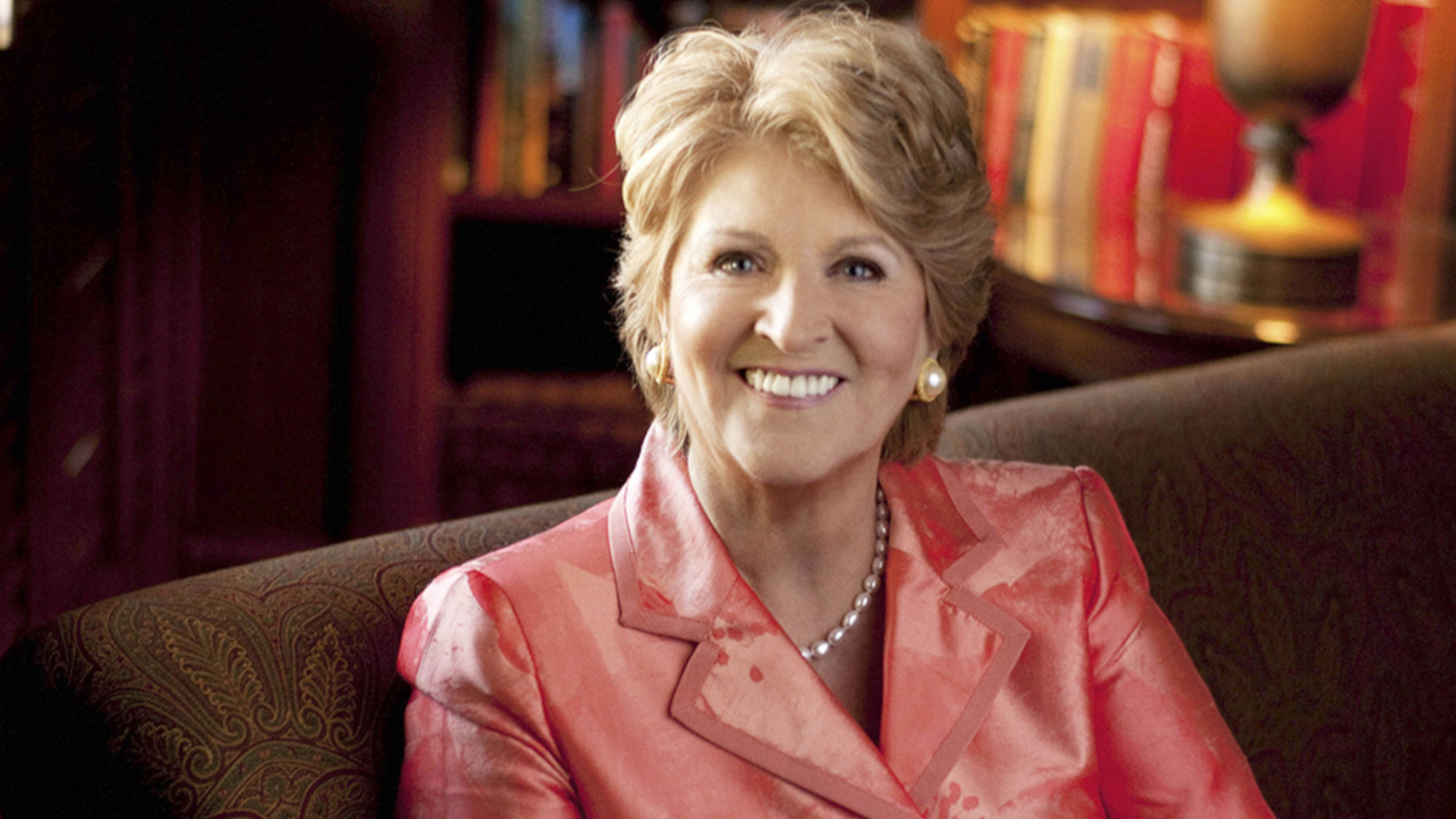 Fannie Flagg’s 6 favorite books that sparked her imagination
Fannie Flagg’s 6 favorite books that sparked her imaginationFeature The author recommends works by Johanna Spyri, John Steinbeck, and more
-
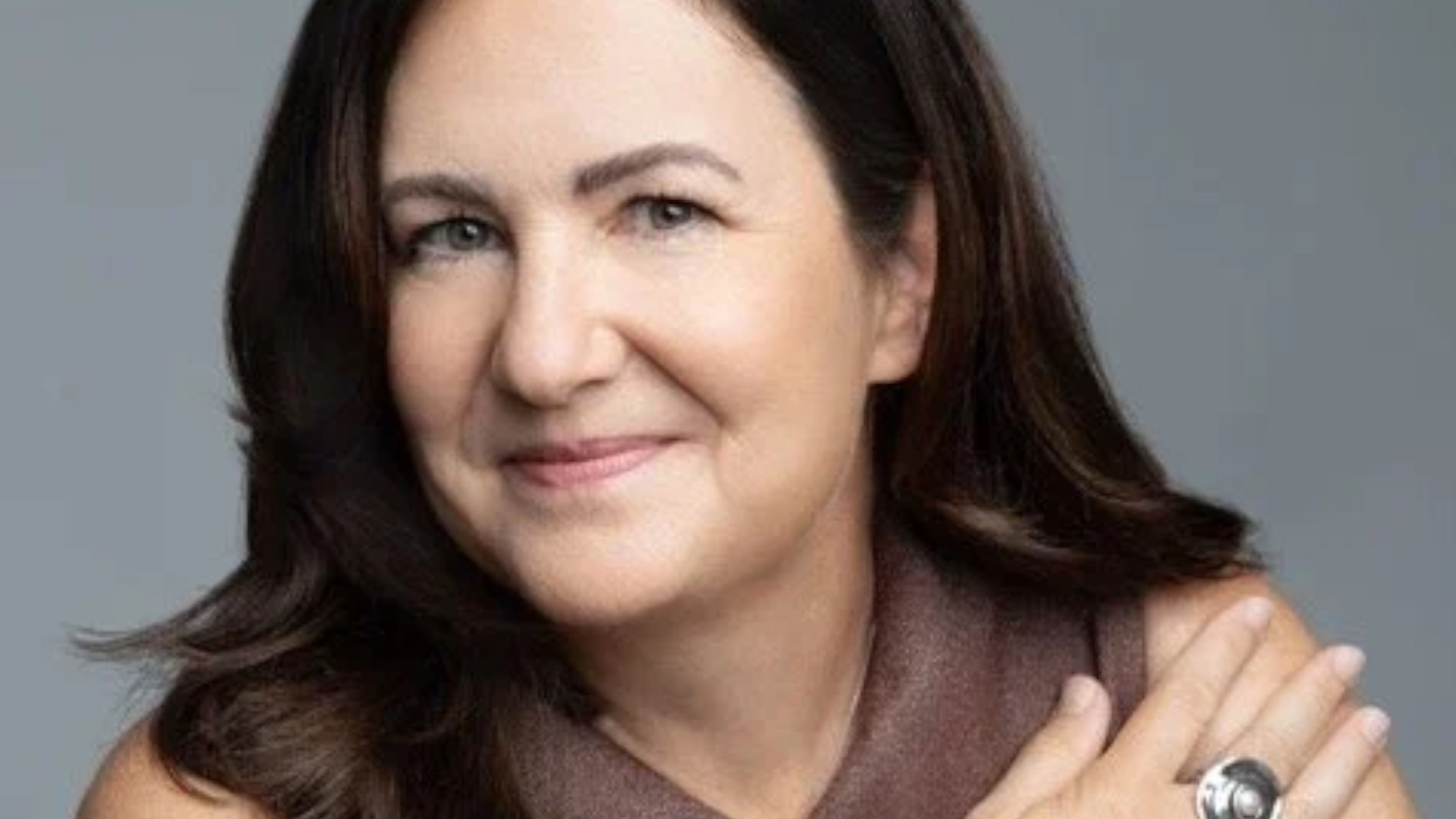 Jessica Francis Kane's 6 favorite books that prove less is more
Jessica Francis Kane's 6 favorite books that prove less is moreFeature The author recommends works by Penelope Fitzgerald, Marie-Helene Bertino, and more

